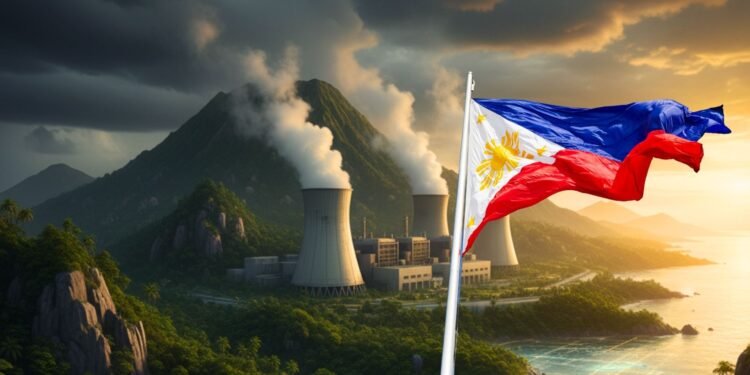Nuclear talk in the Philippines feels like a sequel nobody greenlit, yet the theater stays full.
The ghost of the Bataan Nuclear Power Plant still haunts policy briefings, while officials pitch timelines and buzzwords.
Meanwhile, coal keeps the lights on and the air dirty. The pitch is bold: flip the energy script by 2032.
The real question: can the country deliver without turning the plot into another budget-burning rerun?
The path opens when timelines, grids, and laws move together
The government’s Nuclear Energy Roadmap targets a first plant online by 2032, growing to 4,800 MW by 2050.
An IAEA follow-up mission said progress looks real, then circled the non-negotiables: grid upgrades, industrial capacity, and enabling legislation. The power mix isn’t shy about the problem. Coal supplied 60% of generation in 2022, out of 112 TWh total. Planners expect peak demand to more than triple by 2040.
Baseload matters; delays cost.
Bataan sets the stress test, not the nostalgia tour
The Bataan Nuclear Power Plant was completed in 1984 and never switched on.
Taxpayers still cover ₱40–50 million a year just to keep it mothballed. A KEPCO review once pegged rehabilitation at about $1 billion. Separately, Korea’s utility advanced a feasibility study for a fresh look at revival through KHNP. None of it moves without the IAEA’s 19 infrastructure issues checked off.
On the climate ledger, nuclear electricity emits 5.1–6.4 g CO₂/kWh, far from coal’s smog math. Safety claims land better when the paperwork, drills, and money show up.
Readiness improves when the rulebook and waste plan stop being rumors
Policy folks keep flagging institutional gaps.
The country needs an independent nuclear regulator with teeth, not a lab badge. A comprehensive nuclear energy law has to lock in safety, liability, financing, and waste rules. The Philippine Energy Plan 2023–2050 sketches funding mechanisms, storage technologies, siting criteria, and sourcing from reliable suppliers. Execution still decides everything. Market design matters too. EPIRA limits direct state generation, so incentives must pull in private capital and bankable offtake.
Geopolitically, Manila keeps a constitutional policy of freedom from nuclear weapons while pushing NPT-aligned disarmament. Peaceful use stays the lane.
An island nation plays better with SMRs—if money, skills, and siting align
Geography favors small modular reactors: modular builds, safer designs, and uses that go beyond electrons.
The government explored a NuScale siting study and a Meralco partnership on microreactors. Korea’s experience shows how sustained programs scale; the case study reads like a blueprint in patient capital and skills transfer in that ROK brief.
Public mood won’t block shovels. Surveys report 79% support for BNPP rehabilitation and 65% support for new plants. Costs, skills pipelines, and safe sites will.
The real test: from blueprint to reality
The Philippines can go nuclear only when timelines, laws, and financing stop stalling and start aligning.
What the country doesn’t need is another billion-peso museum piece collecting dust; it needs reactors that can withstand audits, typhoons, and political whiplash. On paper, the targets look ambitious.
In practice, the true verdict rests on whether the grid, the rulebook, and the waste plan can hold together long enough to deliver megawatts instead of headlines.












